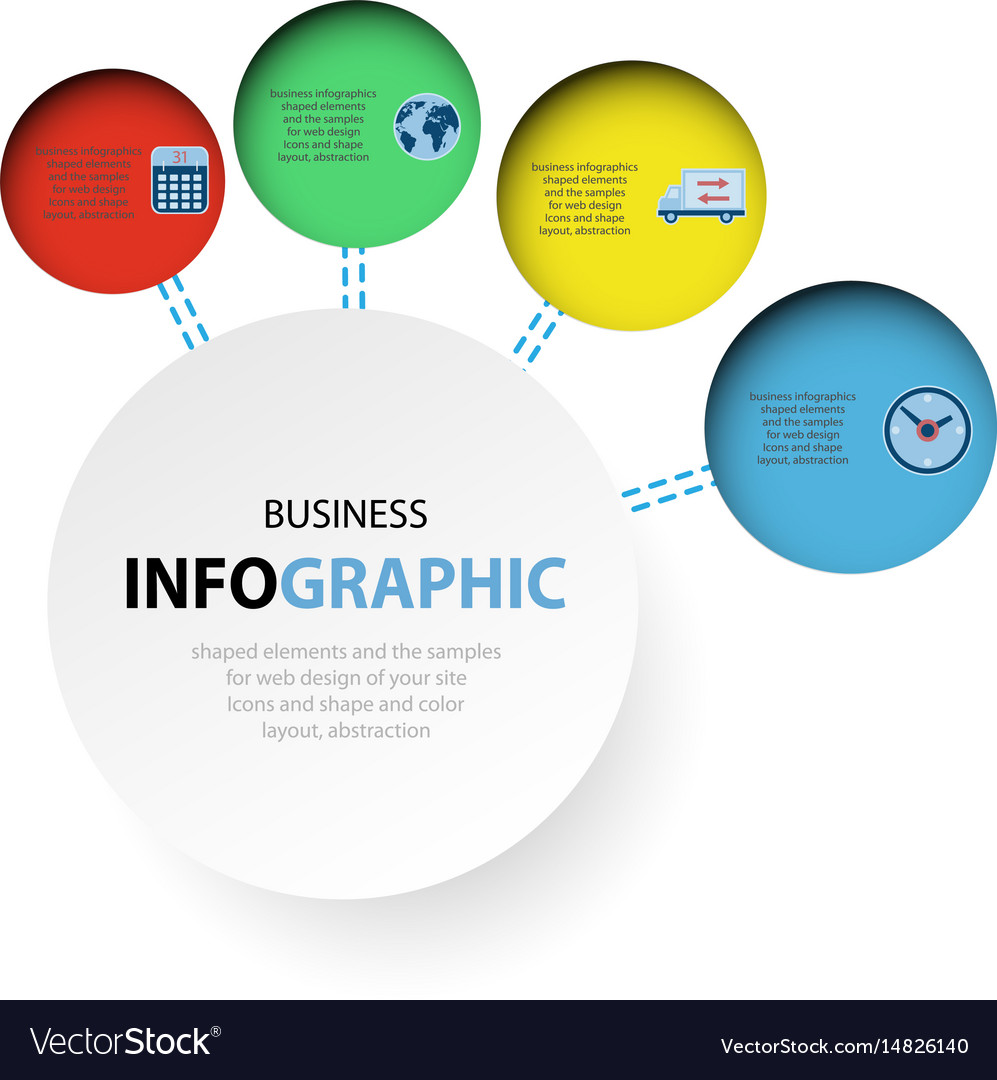Essential Facets Of Website Design: Standards For Creating A User-Centric Website
Essential Facets Of Website Design: Standards For Creating A User-Centric Website
Blog Article
Authored By-Christophersen Thrane
When it comes to internet site layout, making certain user-friendliness is vital. From 508 web compliance to streamlined navigation, every aspect plays a vital role in developing a site that accommodates your target market's needs. But what about the better information that can make or damage an individual's searching experience? Stay tuned as we discover some often-overlooked suggestions that can raise your internet site's functionality to the following degree, making it truly stand apart in the digital landscape.
Importance of Responsive Layout
Responsive style is an important aspect of contemporary web site advancement. Guaranteeing your web site is responsive ways that it can adjust to different screen dimensions and tools, supplying a seamless experience for individuals.
With the boosting use of mobile phones and tablet computers to access the web, having a responsive design is crucial for reaching a wider target market. It aids in improving customer experience by making your site very easy to browse and keep reading any gadget.
Additionally, receptive style can favorably influence your search engine rankings, as online search engine like Google focus on mobile-friendly sites. By having a receptive design, you're likewise future-proofing your web site, as brand-new tools with differing display dimensions remain to arise.
Simplify Navigation Framework
To boost customer experience and promote easy access to details on your site, simplifying the navigation structure is paramount. When creating your site, concentrate on developing a clear and instinctive navigating food selection that assists site visitors discover what they're looking for rapidly.
Limitation the number of menu products to the basics, organizing relevant web pages together to prevent frustrating customers. Usage detailed labels that clearly show the content of each web page, making it much easier for users to recognize where each link will take them.
Consider implementing dropdown food selections for subcategories to prevent cluttering the main navigation bar. Additionally, include https://messiahlgbwr.buyoutblog.com/31200713/from-blueprint-to-introduce-understanding-the-craft-of-building-websites on the web page for individuals that favor searching for particular details.
Prioritize mobile responsiveness in your navigating layout to guarantee very easy access on all tools.
Maximize Page Load Speed
Improving page tons speed is vital for retaining visitors on your internet site. Slow-loading pages irritate individuals and can cause high bounce prices. To optimize page lots rate, beginning by maximizing images. Press images without jeopardizing top quality to minimize their documents dimensions.
Furthermore, make it possible for internet browser caching to save often accessed resources locally, quickening load times for returning visitors. Minify CSS, JavaScript, and HTML documents by removing unnecessary characters, comments, and format, boosting lots speed.
Think about using a web content shipment network (CDN) to disperse your internet site's content throughout multiple servers worldwide, lowering latency for individuals accessing your site from various locations. Finally, limit making use of third-party scripts and plugins, as they can substantially influence load times.
Final thought
To conclude, by incorporating receptive design, simplifying navigating, and maximizing web page tons speed, you can create a straightforward web site that attract a wider target market and enhances user experience. These essential elements make certain that site visitors can quickly access and browse your site across various tools, resulting in boosted involvement and satisfaction. By concentrating on these vital elements, you can build an effective website that maintains customers coming back for even more.
